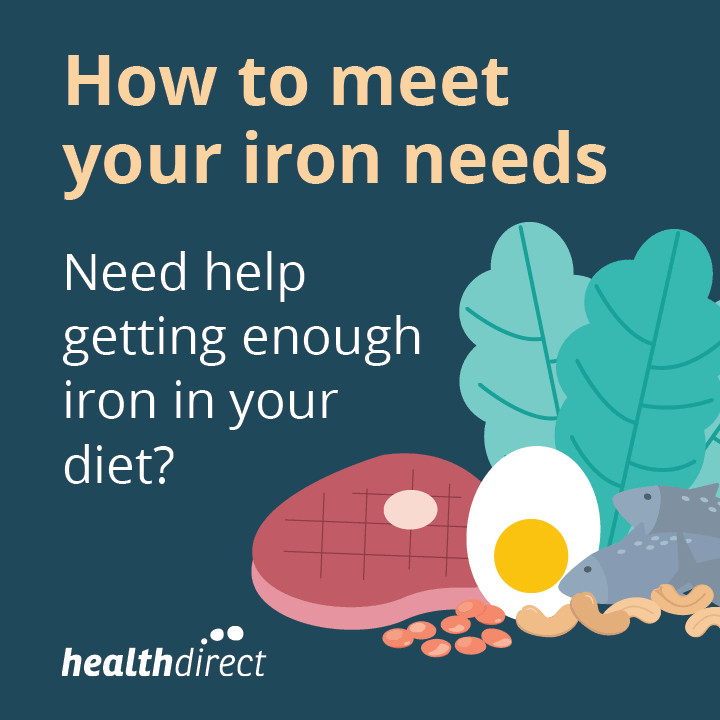Iron is a vital mineral essential for numerous bodily functions, most notably in preventing iron deficiency and anemia. It plays a critical role in the formation of hemoglobin, the protein in red blood cells responsible for carrying oxygen throughout your body. While your body can store iron, it cannot produce it, making dietary intake the sole source of this crucial nutrient.
When it comes to dietary iron, there are two main types: heme iron and non-heme iron. Heme iron, found in animal products, is significantly more easily absorbed by the body. Non-heme iron, present in plant-based foods and eggs, requires more effort from the body to absorb effectively. Understanding these differences is key to ensuring you get enough iron from your diet.
The most readily absorbed form of iron, heme iron, is primarily found in animal-based foods. Excellent sources of heme iron include:
- Red Meat: Beef, lamb, and pork are among the richest sources of heme iron. The redder the meat, generally the higher the iron content.
- Poultry: Chicken and turkey, especially dark meat, contribute heme iron to your diet.
- Seafood: Fish like salmon, tuna, and sardines are good sources of heme iron. Shellfish such as oysters and clams are particularly high in iron.
- Organ Meats: Liver, kidney, and pate are exceptionally rich in heme iron and other essential nutrients.
While plant-based diets can be incredibly healthy, they primarily provide non-heme iron, which is less efficiently absorbed by the body. To meet your iron needs through plant sources, it’s important to consume a variety of iron-rich plant foods and understand how to enhance absorption. Good sources of non-heme iron include:
- Legumes: Lentils, chickpeas, beans (kidney beans, black beans, soybeans), and peas are excellent plant-based iron sources. Tofu and tempeh, derived from soybeans, are also good options.
- Nuts and Seeds: Pumpkin seeds, sesame seeds, cashews, almonds, and pine nuts offer non-heme iron.
- Dark Leafy Green Vegetables: Spinach, kale, collard greens, and Swiss chard contain iron, although the absorption can be less efficient compared to heme iron.
- Iron-Fortified Foods: Many breakfast cereals, breads, and plant-based milk alternatives are fortified with iron to increase dietary intake. Check food labels to identify fortified options.
- Dried Fruit: Raisins, apricots, and prunes provide non-heme iron, but consume them in moderation due to their sugar content.
- Whole Grains: Whole wheat pasta and bread offer more iron than refined grains.
 Iron-rich food infographic: Discover the best dietary sources of iron and tips to enhance absorption for a healthy diet.
Iron-rich food infographic: Discover the best dietary sources of iron and tips to enhance absorption for a healthy diet.
To maximize iron absorption, especially from non-heme sources, consider these dietary strategies. Consuming foods rich in vitamin C alongside iron-rich meals can significantly boost non-heme iron absorption. Excellent vitamin C sources include citrus fruits (oranges, lemons, grapefruits), berries, kiwi, tomatoes, bell peppers, and leafy green vegetables. Conversely, certain substances can hinder iron absorption. These include tannins found in tea and coffee, calcium-rich foods and supplements, and phytic acid present in legumes and grains (though soaking and cooking can reduce phytic acid content). It’s advisable to consume tea, coffee, and calcium-rich foods at different times than your iron-rich meals to optimize iron uptake.
While obtaining iron primarily through a balanced diet is ideal, understanding your individual iron needs is also important. Recommended daily iron intake varies based on age, sex, and life stage. Children, teenagers, menstruating women, and pregnant women generally have higher iron requirements. If you suspect you may have an iron deficiency, characterized by symptoms like fatigue, headaches, and difficulty concentrating, it’s crucial to consult with a healthcare professional. They can assess your iron levels and recommend appropriate dietary adjustments or supplementation if necessary. Excessive iron intake can also be harmful, so it’s important to avoid self-supplementing with iron without medical advice.

